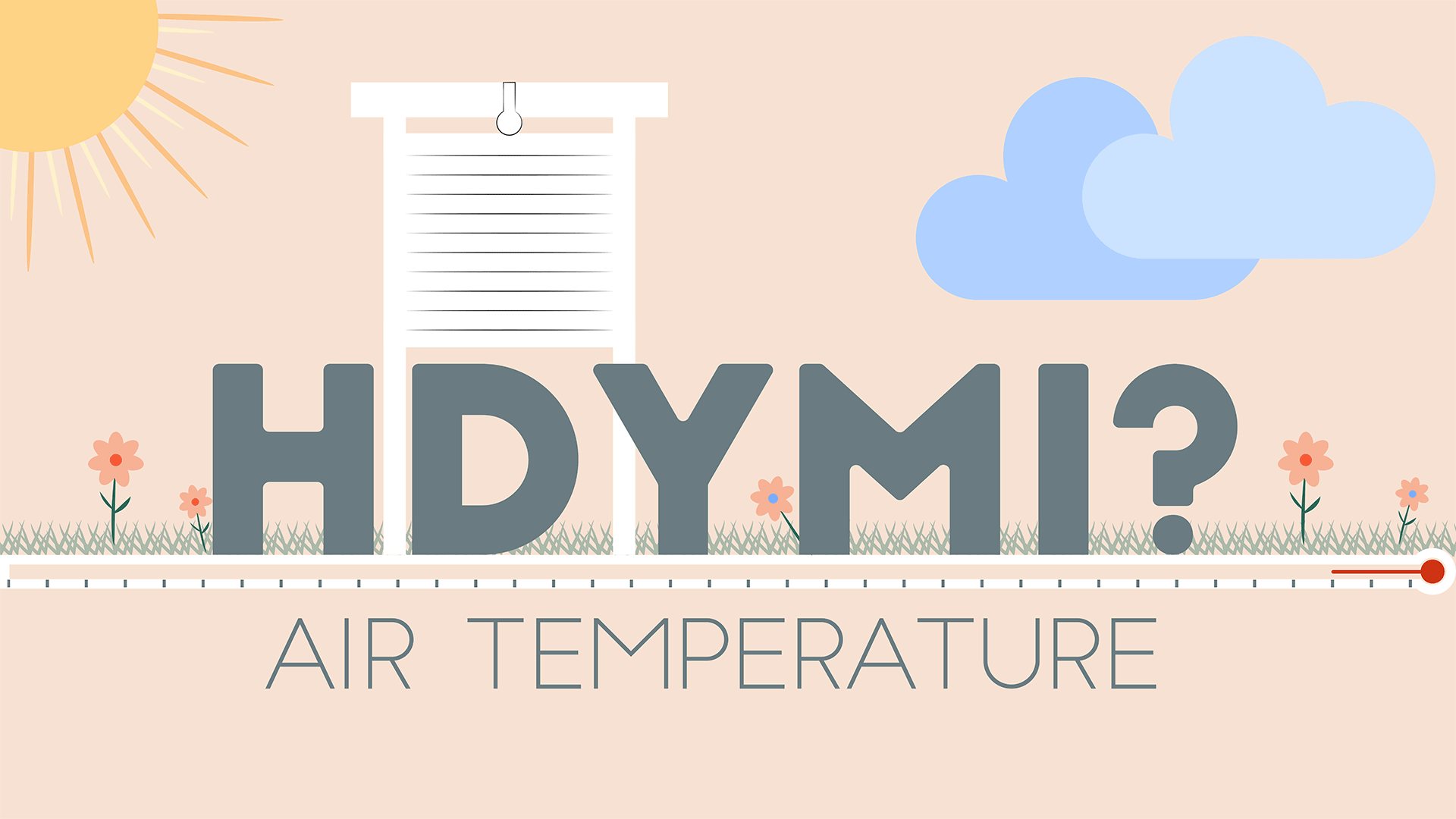How Do You Measure Air Temperature Accurately?

The temperature outside is important not only for knowing if you need to wear a jacket, but also for monitoring climate change over time.
To measure the temperature, thermometers have historically used the fact that liquids such as mercury and alcohol expand when heated. These thermometers are reasonably accurate, to within a degree or two. Mercury is more accurate, but mercury has a downside because it is a dangerous neurotoxin. NIST, working with the U.S. Environmental Protection Agency (EPA), ceased calibrating mercury thermometers on March 1, 2011, to support the transition from mercury thermometers to safer, but no less accurate, alternatives.
Today, for purposes of safety, accuracy and convenience, air temperature is most often measured using electronic thermometers, which are accurate down to a fraction of a degree. These thermometers measure temperature by detecting the changes in the resistance to the flow of electrical current through a metal, which changes as the temperature changes. Because they are electronic, their measurements can be constantly broadcast to the meteorologist’s office, giving instantaneous readings of the temperature.
To measure outdoor air temperature on land, the setup is simple. A thermometer is placed inside an enclosure such as the common wooden box-shaped Cotton Region Shelter, which is the American version of the Stevenson screen, developed by Scottish lighthouse engineer and meteorologist Thomas Stevenson in the 19th century. There’s also the more modern Maximum-Minimum Temperature System (MMTS), which is often used for U.S. official air temperature measurements and looks more like a beehive. Regardless of the shape, the enclosure is white in color to reflect solar radiation, which heats the thermometer and keeps it from getting an accurate air temperature reading. The enclosure also typically has slatted sides to allow air flow, and a double roof (a roof and a raised roof over that) to protect the thermometer from rain and further resist the influence of the Sun.
The bottom of the enclosure is situated between 1.2 and 2 meters (4.1 to 6.5 feet) above the ground, which should be grass or dirt (if it’s grass, it should be kept short). The area around the enclosure should be free of trees, and preferably there should be a good view of the horizon. The enclosure should be kept away from buildings and pavement, which capture heat from the Sun throughout the day and can make the thermometer artificially warm. All this is meant to ensure that the thermometer is getting the true temperature with unobstructed air flow and without interference from radiating heat. Some enclosures, and all MMTSs, are outfitted with a fan to maintain a consistent air flow no matter the ambient conditions, further enhancing the accuracy of the air temperature measurements.
So, while you and even meteorologists may not need to know the temperature down to a fraction of a degree, the accuracy and precision these thermometers afford is of great use to climate researchers who want even finer readings of temperature changes for their long-term studies.

